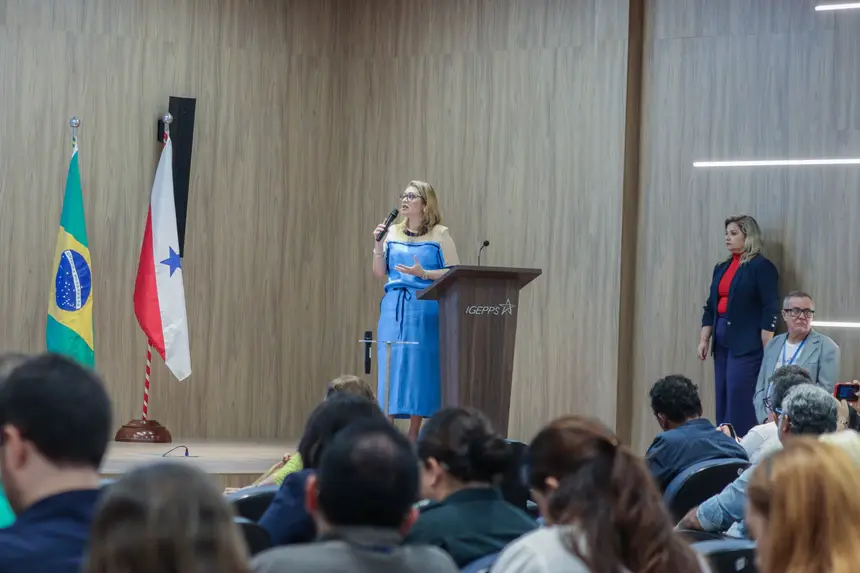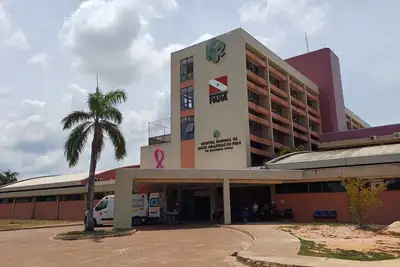Belém hosts the last public hearing for the review of the PPA and the preparation of the LOA
Social participation strengthens planning and budgeting for the coming years; the public can still submit suggestions online until June 20
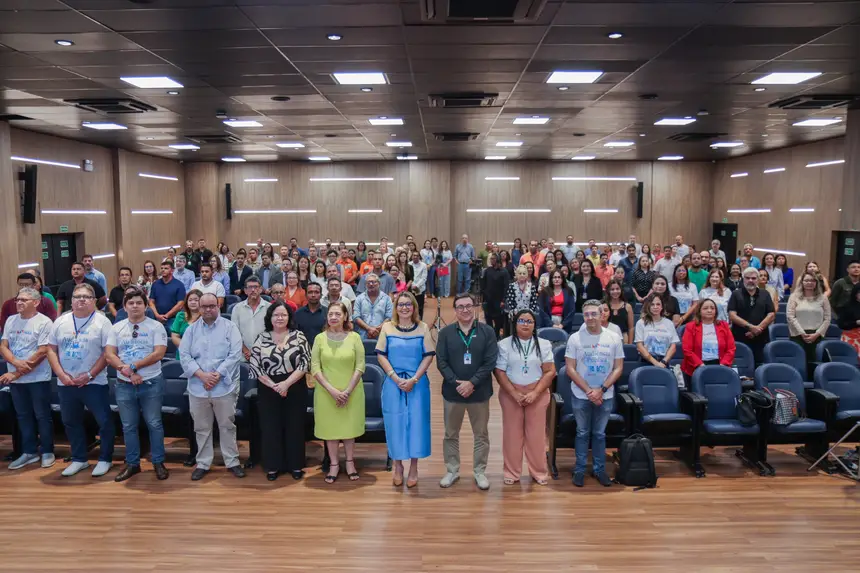
The Government of Pará concluded, this Thursday (12), the cycle of public hearings aimed at reviewing the Multiannual Plan (PPA) 2024-2027 and preparing the Annual Budget Law (LOA) 2026. The last stage of the public listening was held in the auditorium of the Institute of Social Security and Protection Management (IGEPPS), in Belém, coordinated by the State Secretariat for Planning and Administration (Seplad).
The review process follows an annual schedule, which began in March with the launch workshop. Technical workshops were held in April and May, focusing on the collective construction of diagnoses and proposals. June was dedicated to public hearings, a fundamental stage to hear directly from society. In July and August, the consolidated proposals will be sent to the Legislative Power.
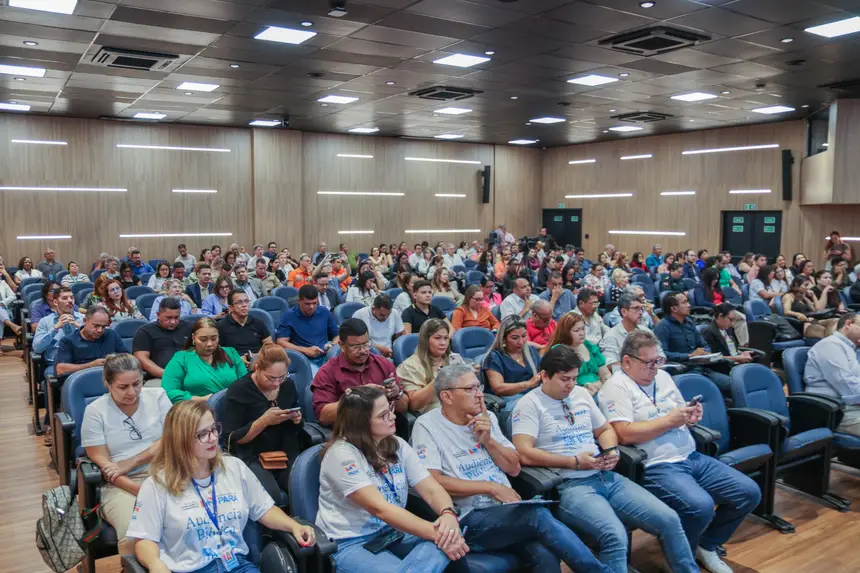
Active participation of society - During the hearing, representatives of public agencies, civil society organizations, and citizens contributed proposals and suggestions, reinforcing the commitment to dialogue and transparency.
“The review of the PPA is important because it is the opportunity to show what the needs of the communities are. In Mosqueiro, for example, we need improvements on the beach fronts to attract tourists. The government will only know about these demands by listening to the population,” highlighted Laryssa Simons, a teacher at the Acolher Foundation, in Mosqueiro.
The main objective of the hearings is to strengthen popular participation in the construction of public planning, bringing the government closer to the real demands of the 12 macro-regions of the state. Contributions should also be aligned with the United Nations Sustainable Development Goals (SDGs).
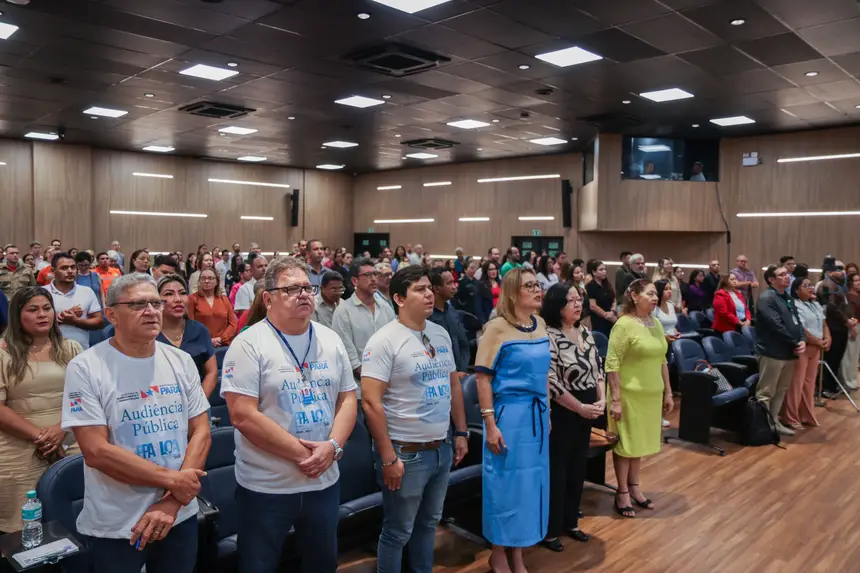
“Our planning is guided by four guidelines: rights-based society, smart growth, responsible work, and active public management. Each guideline has axes that guide public policies. This entire process connects to the SDGs,” explained Nazaré Nascimento, technical advisor of Seplad.
Demands already met - Among the actions already included in the PPA are the construction of the Peace Factory in Abaetetuba, the Specialized Center for Autism Spectrum Disorder (CETEA) in Belém, and the issuance of collective titles for quilombola communities in several municipalities, in addition to infrastructure works, such as the restoration of PA-125 in Ulianópolis.
The regionalization of the process allows the specific needs of each territory to be heard and considered in the preparation of state planning.

Evidence-based planning
The president of the Amazon Foundation for Support of Studies and Research (Fapespa), Marcel Botelho, emphasized that decisions need to be based on concrete data. “Between science, research, and ideology, we always choose science. The numbers show where we have advanced and where we need to improve,” he stated.

The Housing Company of Pará (Cohab) also actively participated in the process, advocating for public policies that ensure dignified housing and social inclusion. “Thinking about housing means articulating housing with infrastructure, mobility, and access to essential services,” stated Suely Nascimento, manager of Cohab.
Next steps and online participation
The information gathered in the hearings will support the consolidation of the PPA review, which will be sent to the Legislative Assembly in August, and the LOA, scheduled for September. Until June 20, the public can still submit their demands and suggestions through the "Planeja Cidadão" website.
The Multiannual Plan (PPA) defines the guidelines and strategic investments of the government for a period of four years, while the Annual Budget Law (LOA) defines, annually, the revenues and expenses based on the PPA and the Budget Guidelines Law (LDO).
Social participation reinforces the commitment of the Government of Pará to more effective, democratic public policies connected to the real needs of the population.


